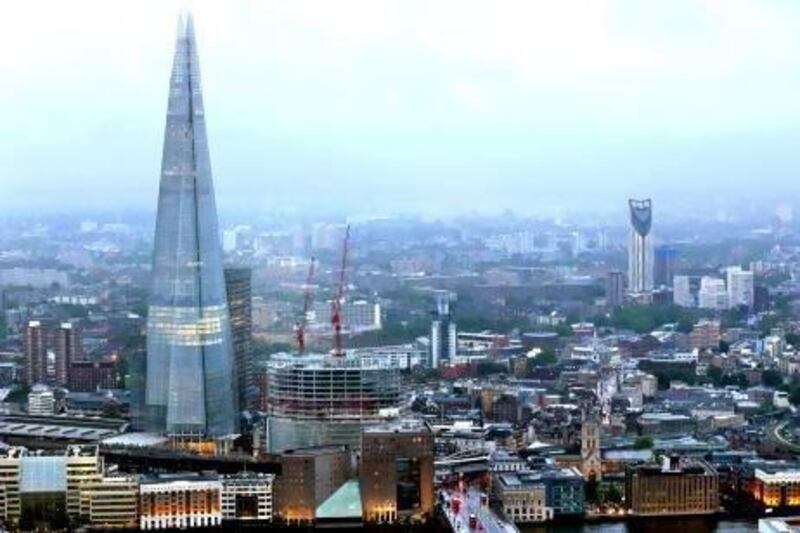The Shard dominates the skyline of central London, and has also dominated thinking about Qatar's involvement in the British capital's property business.
The tallest skyscraper in western Europe, which cost US$2.3 billion to build and in which Qatar is the main shareholder, has been criticised on aesthetic and commercial grounds, partly because of the apparent lack of enthusiasm from big-name tenants to sign up for the building.
The 95-storey building would largely pass unnoticed in Dubai or Abu Dhabi, but in London, against the city's mainly low-level skyline, it does seem incongruous.
Debate about The Shard, however, should not eclipse the progress of other Qatari projects in London, and in particular the role Qatari investors have played in the development of Canary Wharf, the financial centre built on redundant docklands to the east of the city.
You get a scale of the Canary Wharf project from a squash court-sized model of London in the HQ of Canary Wharf Group (CWG).
John Garwood, the group company secretary who has been involved in the project for 15 years, illustrates with sweeping arm movements the eastward gravitational pull of Canary Wharf, the third "hub" of the capital, after Westminster and the City of London, the capital's financial district.
"There's no doubt Canary Wharf has been a success, just look around you. And we are planning to build on that success," he says.
The project has certainly transformed this part of London. In two decades, derelict wharfs and quays have been turned into a lively financial district, with all the leisure, dining and retailing opportunities affluent financial professionals demand.
There are now 15 million square feet of office space over a site of 97 acres, and this is growing all the time as new projects are unveiled.
Some of the biggest names in finance and business are there: HSBC, Barclays, JPMorgan, Thomson Reuters and Fitch. Below ground is the busy train station, set in a mall of Dubai-esque dimensions. The daily working population of Canary Wharf was 105,000 last year, and is set to double by 2025, when there will also be a larger residential population.
Qatar has been involved in the Canary Wharf project since 2004 via the property investment vehicle Songbird.
It owns 70 per cent of the shares of CWG, while Qatar Holding, the international investment arm of the Qatar Investment Authority, is the largest single shareholder in Songbird, with 27 per cent.
Qatar also helped the project through the 2009-10 property crash with an injection of £150 million (Dh847.6m) of capital in the form of preference shares. Songbird is now debt-free, while CWG has £2bn of non-recourse debt ring-fenced from Songbird.
Ahmed Al Sayed, recently appointed chief executive of the QIA, regularly attends board meetings of CWG and is on the key remuneration committee, says Mr Garwood, who adds Mr Al Sayed is "thoughtful and intelligent".
Mr Garwood says: "The Qataris are long-term and supportive, and rather more hands-on than other shareholders."
Qatar has extensive property interests in London apart from The Shard and Canary Wharf. CWG and Qatari Diar, the QIA's property development arm, are in a joint venture to develop the area around the Shell Centre on the South Bank, in an ambitious plan to create a mixed-use commercial, retail and residential development on a 1.45 million sq ft site beside the Thames, overlooking Britain's parliament.
In the City, the QIA is a partner in the "Walkie Talkie" building currently near completion.
Qataris also have interests in the super-prime One Hyde Park development, the Chelsea Barracks project, and the soon-to-be redeveloped site of the United States embassy in Mayfair.
"We are seeing really strong demand now for residential property throughout London, with both domestic and foreign money continuing to come in, says Mr Garwood.
"In commercial property, the situation is more fragile, but confidence is coming back."





